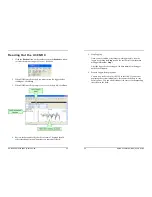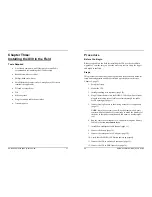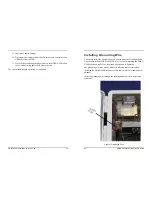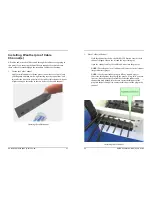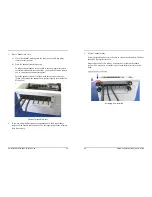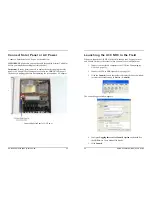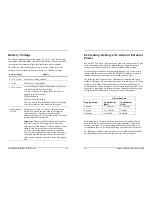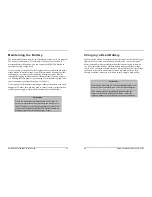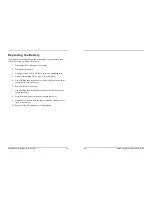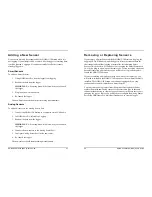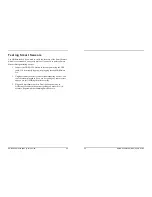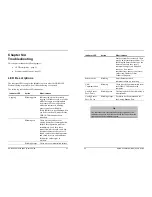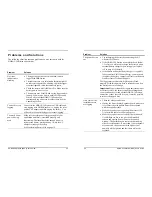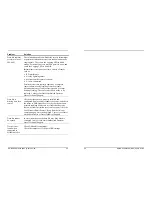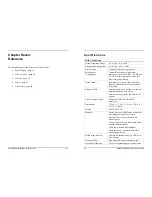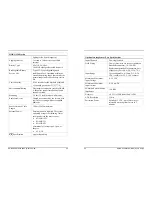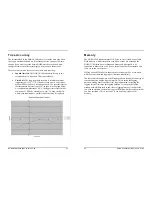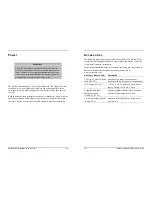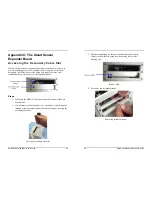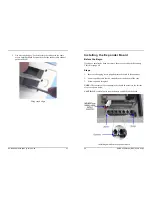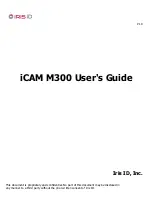
HOBO U30 Station (NRC) User’s Guide
37
Chapter Four: The Battery
This chapter includes the following topics:
•
Maximizing Battery Life - page 38
•
Battery Voltage - page 39
•
Estimating Battery Life without External Power - page 40
•
Maintaining the Battery - page 41
•
Charging a Dead Battery - page 42
•
Replacing the Battery - page 43
38
HOBO U30 Station (NRC) User’s Guide
Maximizing Battery Life
Battery life will vary with the following factors:
•
Sensor excitation current and warm-up time
•
Logging interval (and sampling interval, if applicable) selected
•
Number of sensors being used
•
Operating environment (e.g., temperature)
•
Size of the solar panel (if applicable)
•
Quality and quantity of solar light (if a solar panel is installed)
Here are some tips to maximize battery life:
•
Reduce warm-up time.
If you are using excitation voltage, select
the shortest warm-up time needed for the sensor.
•
Ensure that your solar panel gets full sunlight.
Solar panels are
extremely sensitive to partial shading. Obstructing even a single cell
of the panel will result in significant loss of charging power.
•
Use the sampling interval only if you have sensors that support
measurement averaging.
•
Stay within the normal operating temperature range.
While the
logger can operate at temperatures of -40 to 60 C (-40 to 140 F) the
battery has much better short and long term performance when
maintained between -20 and 40 C (-4 and 104 C). The Sealed Lead
Acid will self-discharge. The hotter the battery gets, the faster it
will self-discharge. At 20 C, the battery loses about 20% of its
capacity in 6 months, but at 50C it loses more than 50%. To
maximize battery life (no charging) try to locate the logger where
the temperatures will not be above 40 C (104F). Very cold
temperatures will reduce the self-discharge rate to almost zero, but
the effective capacity of the battery will be reduced. Temperatures
below -20 C (-4 F) will reduce the effective battery capacity by
more than 25%.









